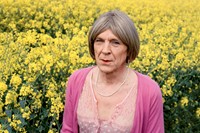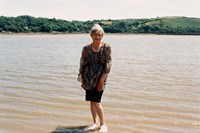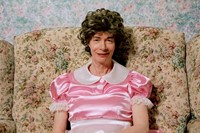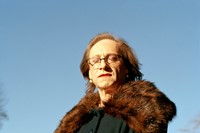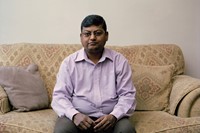Coinciding with Trans Visibility Day this weekend, Bex Day’s new exhibition, Hen, is the result of travelling the UK and meeting a different generation of trans and non-binary people
In 2015, the editors of the Swedish Academy included the gender-neutral pronoun “hen” – alongside “han” (he) and “hon” (she) – in the country’s official dictionary. The decision reflected an increasing public awareness of the role language plays in carving out new gender categories. Hen is now also the title of photographer Bex Day’s latest series, which focuses on the UK’s older transgender and non-binary communities. Over the past three years, Day has travelled across the country to meet with, speak to and photograph genderqueer individuals over the age of 40 in order to celebrate and elevate alternative identities.
A critical examination of linguistic gender biases was Day’s starting point. “My first port of call for Hen was language,” she recalls. “I was initially interested in phallogocentric language, which is essentially male-dominated language – for example: mankind rather than humankind – and how this impacts women.” With Hen, Day wanted to challenge this reductive and repressive binary way of thinking: “The people involved in Hen are presenting us with their true identities. By bringing about new modes of articulation, they challenge society’s rigid gender stereotypes. There is no specific formula to living as an individual, whether you are transgender, gay, lesbian, bisexual or heterosexual.”
Storytelling and self-expression is central to Hen: each of Day’s 30 portraits is paired with a biographical text authored by the person in the picture. “It was clear to me that there is nowhere near enough recognition of the older transgender community’s stories or histories,” Day tells AnOther. “I’ve heard from a great deal of Hen participants that they rarely interact with younger transgender individuals. Yet, the intergenerational passing on of personal narratives is an important part of fostering solidarity within the transgender community.” A large part of the motivation behind Hen was precisely to highlight the power of such intergenerational social dynamics, which have the potential to unify a diverse range of experiences and challenges.
Solidarity should, however, not be confined to within the transgender community, which makes up 0.2 per cent of the UK’s population. “Being a better ally to the trans community means listening rather than talking,” says Zoe, a non-binary person who was photographed for Hen. “Trans people don’t need you to speak for them; instead you should listen, believe what you hear even if you don’t understand it, and direct people to trans voices if they ask you to have opinions on being trans.”
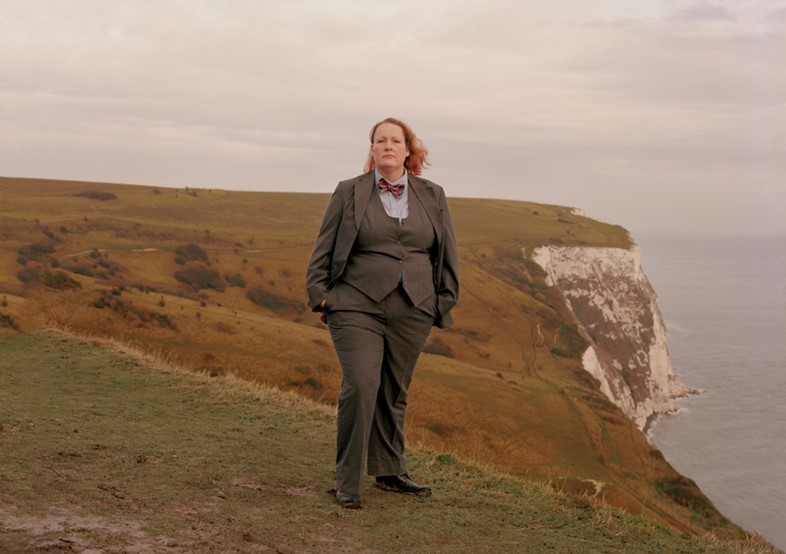
For Melody, a trans woman featured in Hen, it is important that cis-gender people “be proud to be seen with and be friends with trans women, as our integration in society depends on it. Always remember that trans women are women, as this answers pretty much every argument against transgender rights.” Angela, another trans woman photographed by Day, agrees and adds: “If you see a trans person when you are out and about just remember that we are ordinary humans just like everyone else you know. Don’t stare, don’t comment, don’t discriminate, and if you do hear someone denigrating trans people just remind them we are the same as them, with mothers and fathers, sons and daughters.”
Hen, curated by Sandrine Servent, Mina Raven and co-curated by William Esdale, will be on display at Herrick Gallery, London, from April 1 – 7, 2019, alongside a film Day has co-directed with Luke Sullivan.

